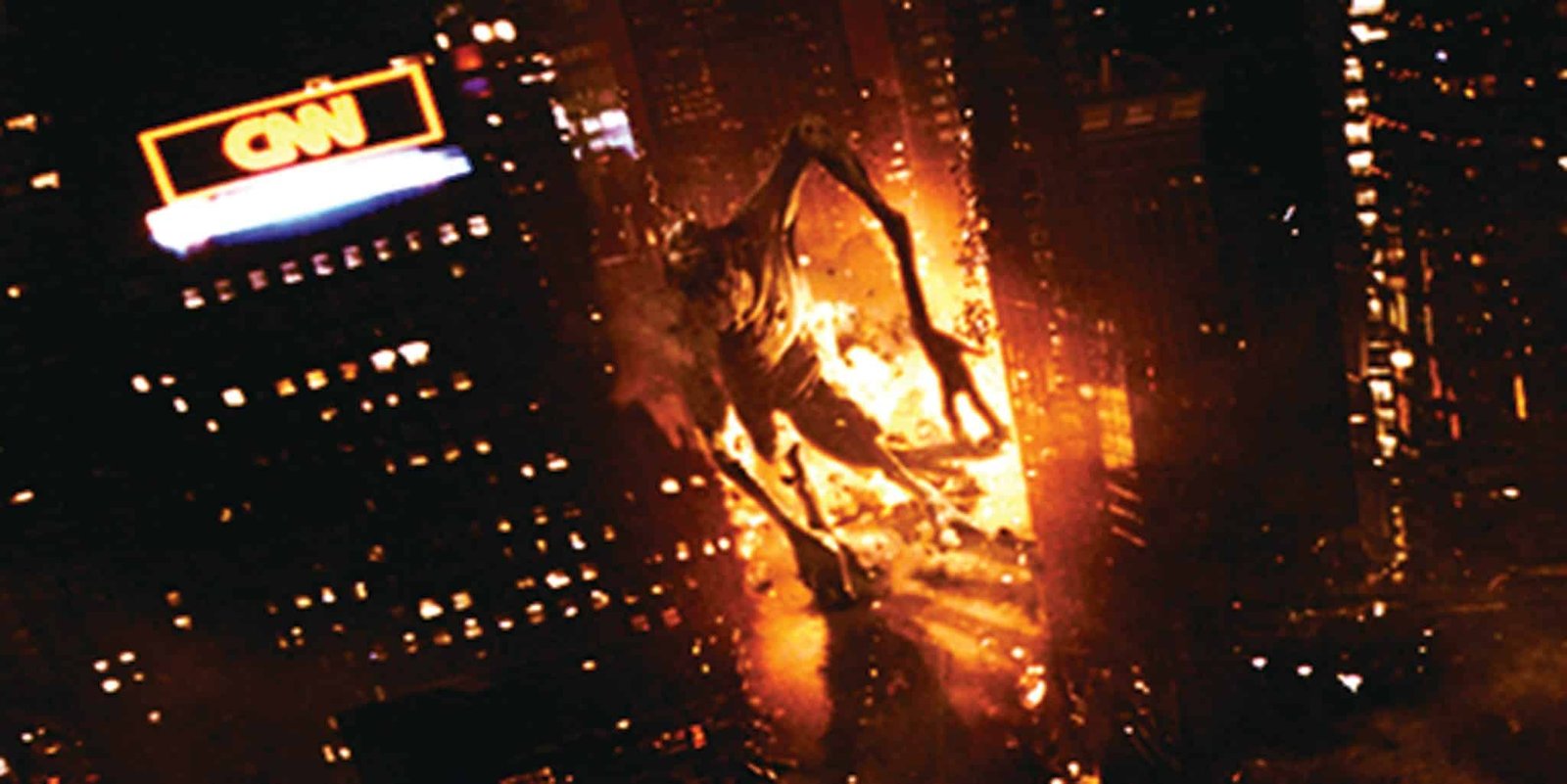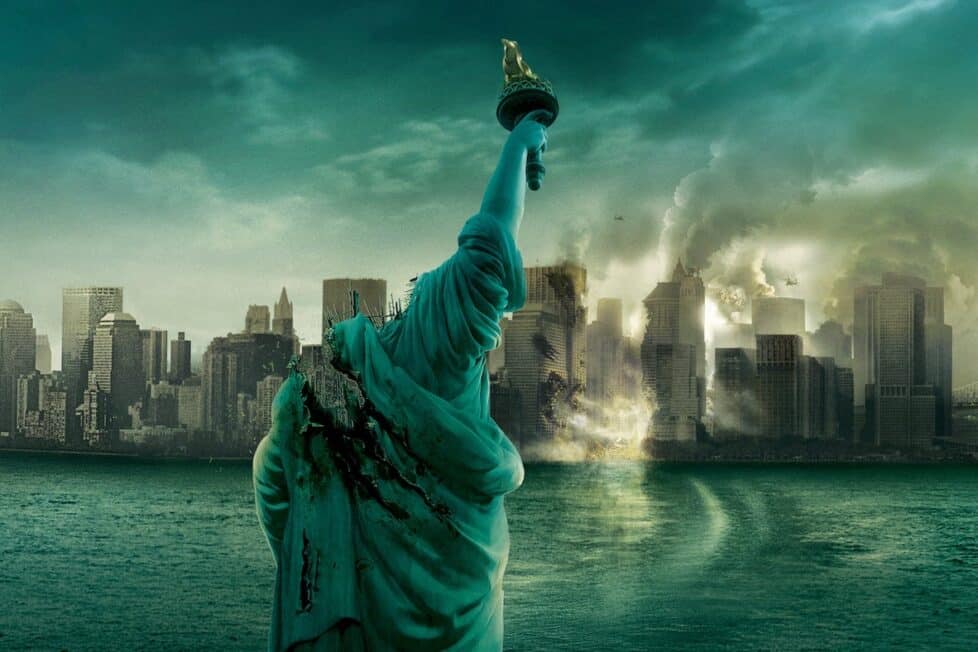
Ahead of writing up this piece, I did a small social experiment with Cloverfield to gauge how audiences felt about it 15 years after, and nearly 400 comments within two hours later, the movie still draws a crowd, and opinions so strong I wasn’t ready for the wave. Takes range from it being the most memorable cinematic experience in theaters viewers ever had, praise for what was seen as the greatest marketing campaign of the millennium, to fans saying it gave them flashbacks to 9/11 so intense they had to leave the theater were all present. All said, Cloverfield still gets a reaction. The shaky camera work and Godzilla ’98 style monster filming made it a standout in good and bad ways to viewers, making vomit bags the norm for people getting motion sickness from the intensity of the more extreme found footage experience. With an ensemble cast, as every Cloverfield movie has had, the first film was anchored by stars of the 2000s and a larger than life monster evading curious eyes with no cause for its appearance. Cloverfield took the best of two genres, the creature feature and found footage, and spliced it into one potentially controversial, but undoubtedly successful franchise of monster action and different narratives of survival in a mysteriously hostile new world.
A tape silently rolls: “Property of the U.S. Government – Do Not Duplicate” shows the incident on file also known as “case designate Cloverfield,” the camera for the footage having been retrieved from the area “formerly known as Central Park.” As we move into our story, the tell-tale shaky camera work begins, it’s early in the morning, April 27th, in some unknown year, and we are gazing out of a very expensive looking New York apartment. “It’s already a good day,” says Rob (Michael Stahl-David), as we pan to his girlfriend, Beth, still sound asleep. Beth is immediately uninterested in the camera, but Rob is only interested in her as the two have breakfast and lament Beth never having been to Coney Island, when suddenly, the camera cuts to a busy street. The date on the camera reads May 22nd now, and we see just why people were getting vertigo as a new cinematographer Jason (Mike Vogel), Rob’s brother, struggles with the camera, and bits and pieces of Rob’s life are cut in with new footage.
Jason and his girlfriend Lily (Jessica Lucas) are on their way to a party, unfortunately for Jason as he is saddled with camera duty. He quickly pawns this off on his bewildered friend “Hud” (T.J. Miller), who will become our new cameraman taking party guest testimonials this disaster eve. This is Rob’s going away party; he is off to Japan shortly for work, and just as suddenly as Hud asks for Lily’s testimonial, he notices someone more interesting entering the party: Marlena Diamond (Lizzie Caplan, an absolute show stealer for the rest of her time in the film). Hud lurks on the sidelines for some time before making his move under the guise of getting a testimonial from Marlena, who barely knows Rob and isn’t in the mood for making friends.
The man of the hour, Rob, finally arrives, grateful for the party and already in front of the camera, cracking wise, but what he’s really worried about is Beth’s attendance (she’s been conspicuously absent since the first video). Hud awkwardly navigates the party, and the camera, trying to blend in when finally, Rob’s attention is caught by Beth’s arrival, with an unexpected male companion, Travis (Ben Feldman). The party uncomfortably plays out through the lens as Rob pines over Beth, and is suddenly irritated that Hud is using his camera and possibly recording over his last memories of his time with Beth. Hud’s excellent nose for timing lands him in between Beth and her new man, asking for testimonials, and as Beth tries to give hers, Rob joins the two to pull her away to argue. This leads to the revelation that the two have recently been together, which gets spread around the party by Hud. Riveting teenaged drama so far, I know, but we’re patient here.
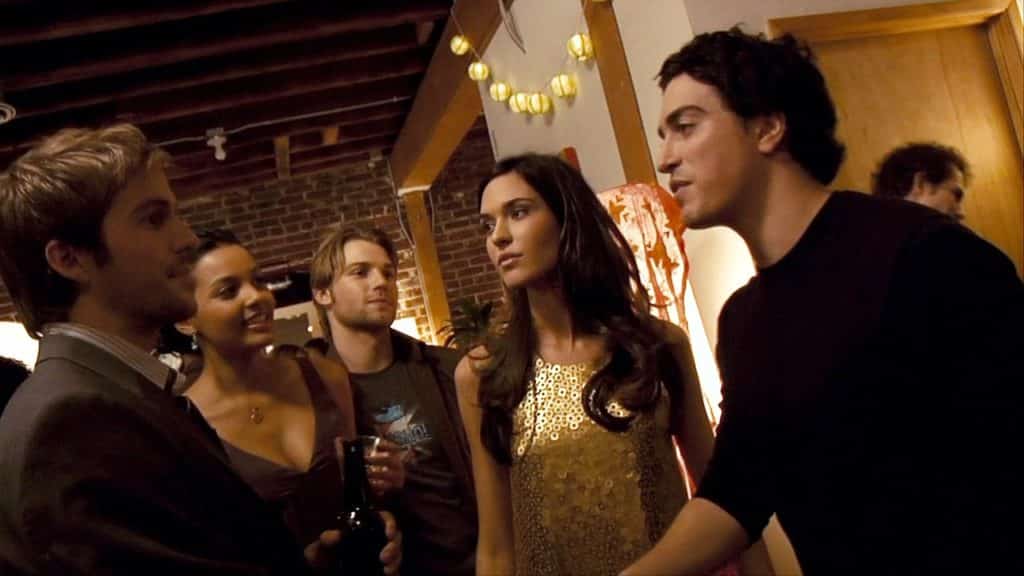
Beth leaves the party, with nasty parting words from Rob, who locks himself in his room mid-festivity. After finally talking him out, Rob, Jason and Hud drink outside and discuss the encounter with Beth, with Jason making himself clear that he believes Rob and Beth are no match, that she is out of his league by miles.
Finally, and suddenly, the fire escape where the men are drinking is rocked and the camera pans to show the city descend briefly into darkness as a tremor rockets through downtown. Inside the apartment, the damage looks like that of an earthquake with shaken partygoers and tossed furniture, but nothing too alarming, yet. The group turns on the news to try and get some answers: a possible earthquake in lower Manhattan and nearby, an oil tanker has capsized near the Statue of Liberty, a site rather close to the gathering. As panic begins to set in, partygoers led by Jason head up to the roof to try and get a better view of the situation. As the group argues, an enormous explosion goes off in the distance, sending debris flying hundreds of meters towards them, and the roof, the whole building, is starting to feel less safe by the minute. Cue untraceable camera work as the desperate attendees flood out.
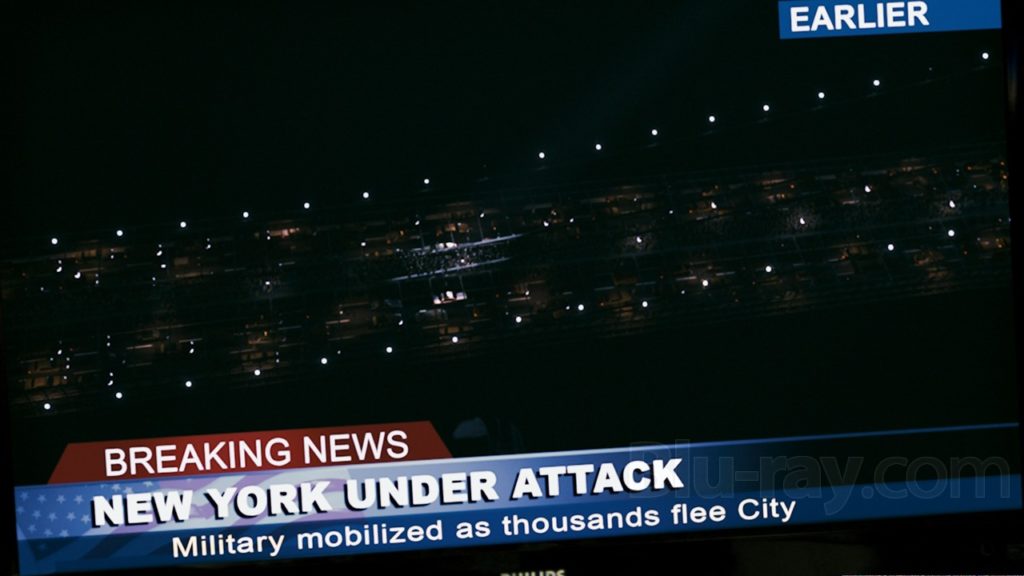
The Found Footage Phenomenon
A much younger genre than creature features, found footage finds its roots in the 80s with the 1980 cult classic Cannibal Holocaust written by Gianfranco Clerici and directed by Ruggero Deodato. The film supposedly follows a group of filmmakers searching for missing members of the crew that were last known to be investigating a cannibal tribe in the Amazon rainforest. In this setting, the cast moves cameras and equipment around, giving the illusion that they are the operators of the equipment, as opposed to T.J. Miller’s more hands-on approach and the more advanced recording devices we have available. According to some sources, found footage (and its subgenre the mockumentary) has three components: choppy footage, scares (usually jump), physical video camera equipment or a camcorder. Supposedly the choppy footage emphasizes amateur camera work, enables the ability of jump scares to slide seamlessly in and out, and provides a prop (the camera) for the cast to revolve around. These may be someone’s rules, but they certainly don’t define what can and can’t be found footage, though they do make good points on what these films tend to emphasize. Films from Rec to The Taking of Deborah Logan can all count as found footage.
While Cannibal Holocaust may have the honor of being the first found footage movie, it certainly wasn’t the film that popularized it or manipulated media to advertise. If you’re thinking found footage, my guess is you’ve already thought of The Blair Witch Project (1999), which deserves credit for catalyzing guerrilla marketing campaigns for films, especially found footage. For Blair Witch, it began with leaflets, rumors, trying to sow disbelief in the public that the movie might even be real, that these people could really be missing. All trailers, leaflets, message and chat boards ultimately led to a website, and being that surfing the web was a relatively new fad at the time, this was revolutionary. The page was dedicated to the lore of the Blair Witch, drawing potential viewers into the story rather than pushing an all-out marketing campaign directly at viewers. Their continued engagement with the content would be the driving factor that put them in the seats, and which would ultimately disappoint many of us once we left the theater.
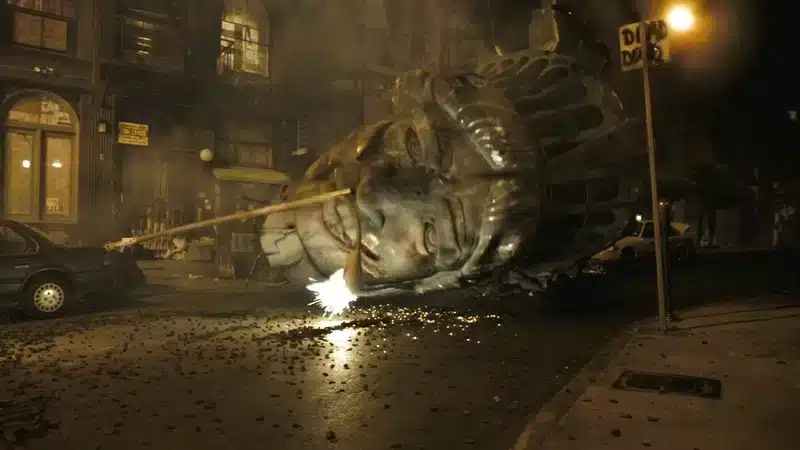
Cloverfield deserves its own nod for its marketing campaign, which used its enviable trailer spot ahead of the Transformers movie to drop a short, impactful trailer featuring a city earthquake, the decapitated head of the Statue of Liberty, and a simple release date. The trailer took off and soon MySpace pages were made for characters whilst a website was formed with cryptic stills from the film to tantalize viewers with the unseen beast (that you could also get a text message roar ringtone from with the right digits). Cloverfield, a decade later, took the mystery and intrigue that The Blair Witch Project stoked and relit the fire, getting audiences engaged and using creative means (a website that would email sonar feeds of a monster approaching, awesome) to get viewers’ attention and prepare them for the over the top viewing experience that Cloverfield intended to be.
Ultimately, the camera work of Cloverfield became its most controversial focal point. Audiences complaining of nausea, vertigo, even flashbacks were taken by the extreme use of movement as the characters document their journey for survival. More effective than just a found videotape that plays like a home movie, in my opinion, the choppy camera work hits one of the marks for found footage and allows for jump scares and misplaced perspectives, adding to the terror as bystanders flee and we catch glimpse after glimpse of destruction and sometimes of a creature, that at that point, still had everyone guessing.
Creature Features
Creature features long pre-date the found footage genre; even its name is rooted in the 60s, 70s and 80s where it was coined for late night television showing the monsters of the 30s, 40s and 50s. Some monsters appear as early as the silent films of the 20s, but it’s a 1933s beast that most notoriously breaks the barrier between man and monster. After our first creatures can be seen around 1925 in silent films, it is followed by the hallmark appearance of King Kong in 1933. With this and a couple of decades of creativity, the idea of kaiju springs forth in 1954 with Godzilla, with new giant beast films appearing nearly every year, all the way up in our timeline to a film I recently reviewed: Shin Ultraman (2022). In modern monster history, the term “MonsterVerse” has now been coined to refer to the franchise and fictional universe occupied by Godzilla, King Kong and other trademarks of Toho Co. With distribution from Warner Brothers, the Monsterverse, which began in 2014 with Godzilla and which is building towards Godzilla x King Kong: The New Empire 2024 (and other future projects), features its own unique timeline of modern kaiju movies and television series autonomous in their own world.
Clover, as the beastly kaiju in this film is sometimes affectionately called, had a unique otherworldly design all her own created by artist Neville Page with assistance from JJ Abrams. Clover and the parasites she brings with her are both earthly and extraterrestrial in appearance; she walks like a bat, has features like an arachnid or crustacean and still manages to defy comparison to any one creature on this earth, except some in your nightmares. Some people welcomed the reveal of Clover, documenting her as a monster risen from the ocean rampaging through New York until the military enacts termination protocol. Her parasites are equally as deadly, lurking in hidden spaces throughout the city and causing a devastating death (and possibly the cause most iconic death scenes in the franchise) to those bitten by one. Much like zombie movies, the military is brought in to deal with Clover, and we are given bits and pieces of how the military might react in these scenarios, like references to DARPA. DARPA is briefly mentioned in Cloverfield: it’s the the Defense Advanced Research Projects Agency, and it might sound familiar because another famous movie that had everyone putting the word “kaiju” on their lips also referenced the agency: Pacific Rim. Both movies postulated that this particular module within the military would be the one to intervene if the world ever did face a monster problem. Let’s hope we don’t.
Better Left a Mystery
It’s hard to believe five years have passed since the Cloverfield series tied up loose ends with its final film, The Cloverfield Paradox. But its ending begged the question, was this all better left a mystery? Or did it deserve a new ending entirely? Cloverfield and its sequel 10 Cloverfield Lane leave much about their monsters and the crumbling world a mystery – in terms of the creatures’ origin and how this sudden ending of the world came to be – but the final film, which serves as both a prequel and a final act, reveals all of the secrets behind the mystery. This was (and look away now) an interdimensional incident that stemmed from an attempt to generate renewable energy to power the planet, backfiring into the “Cloverfield Paradox” and opening a gateway to alternate universes and their horrors. The film itself, taken over by Netflix, was a critical failure and was dubbed a botched attempt at the sci-fi horror genre, mixing too many medias and storylines, despite a talented cast like all of the Cloverfield films seem to boast.
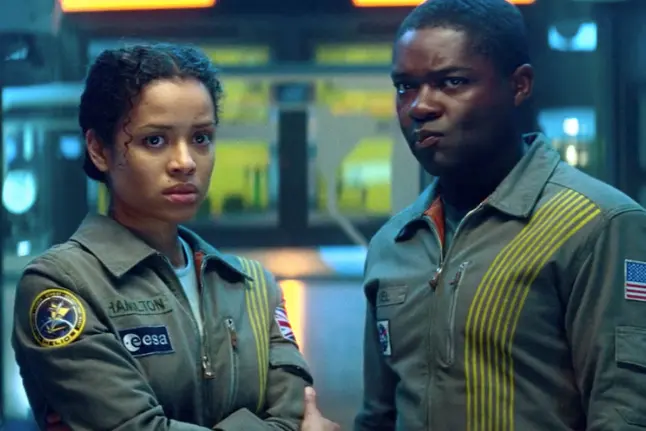
As mentioned in previous sections, the unique presentation of Cloverfield’s monsters made it stand out in viewers’ minds compared to other creature features. The mystery behind their sudden arrival made them all the more terrifying, as did the population’s inability to deal with the disease and destruction spread by the creatures. This final, weak entry into the series which used flimsy science fiction tropes and confusing timelines only cheapened the disturbing, mysterious occurrence that had seemed to engulf the world. 10 Cloverfield Lane, arguably the most successful entry into the series, lacked much action with the monsters of the first film, and is still held to the highest standard, having preserved the mystery and allure of Cloverfield, demonstrating bigger even with kaiju doesn’t always mean better. This final film, however, undoes the spell, and leaves us with a dim conclusion for those in the Cloverfield universe, unfortunately.
Conclusions
Fifteen years later and Cloverfield can still get a crowd riled up and have everyone talking about camera work. With so many monster movies coming out year after year, it’s a wonder that this one managed to find such sturdy legs and form a trilogy spanning a decade, with major players from Hollywood joining us for the ride. I enjoyed Cloverfield and my recent watch only made me nostalgic for the ’98 Godzilla tracking shots that left you on the edge of your seat, waiting for the big reveal. Found footage does this disaster justice and Neville and Abrams have crafted a monster with a nickname worth remembering. Whether you enjoyed it or not, Cloverfield renewed some powerful marketing ploys and bound together two horror genres with epic success. With scenes to savor and scream over, and familiar actors dying in unfamiliar ways throughout, it will always be an unsettling watch. Recent reports of a Cloverfield 4 have certainly given fans pause for thought, and there’s obviously a risk this could potentially disrupt the timeline, and the appeal of the first film, all the more. But, at the time of writing, let’s just say that I think we should just forget that final film at least, and allow Cloverfield to do what it does best: keep you wondering.
